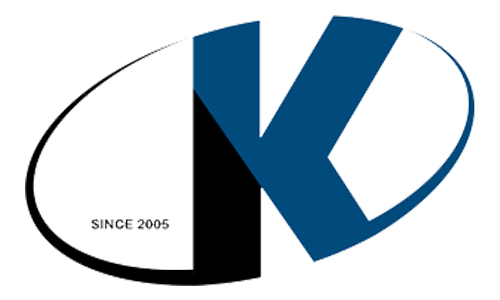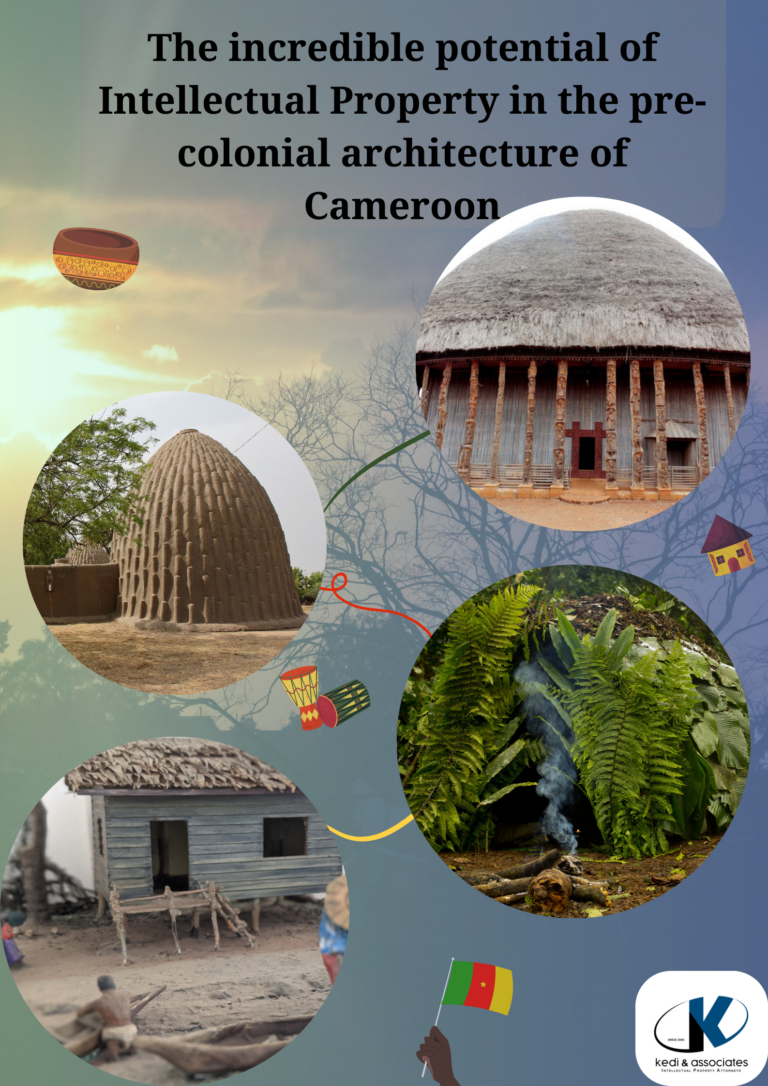Cameroon has an extraordinary diversity of architectural forms. Before 1884 (the date of European settlement), Cameroon, like many African countries, had its architecture. A product of ancestral traditional societies, this architecture was modeled on the constraints of the ecological environments in which the techniques were tested. In the densely forested south, the Fangs, Beti, Boulou, Sawa, Maka, Bamiléké, and Pygmies have exploited the materials nature has to offer to develop a variety of construction techniques. Ligature assembly, weaving, fitting, and carving are the techniques used to build huts and cabins. Clapboard construction first appeared in southern Cameroon during the colonial period. In the Sahelo-Sudanese zone, cob is used to build Mousgoum shell huts, Kotoko palaces, and round huts. This article aims to provide an account of the technical features of architectural works perceived as markers of cultural identity and to unravel the potential for intellectual property that derives from them.
Vernacular architecture is the product of interaction between man and his environment. However, architectural forms can be influenced by social rules, beliefs, and rites. In Cameroon, we count some 240 ethnic groups divided into four cultural areas (the Soudano-Sahelian area, the Sawa area, the Grass-Fields area, and the Fang-Beti area). First, we’ll look at the architecture of the Soudano-Sahelian area, then we’ll discuss the architecture of the Sawa cultural area, that of the Grass-Fields cultural area, and finally that of the Fang-béti cultural area. We invite you to follow us on this incredible journey of pre-colonial architecture and its intellectual property potential.




